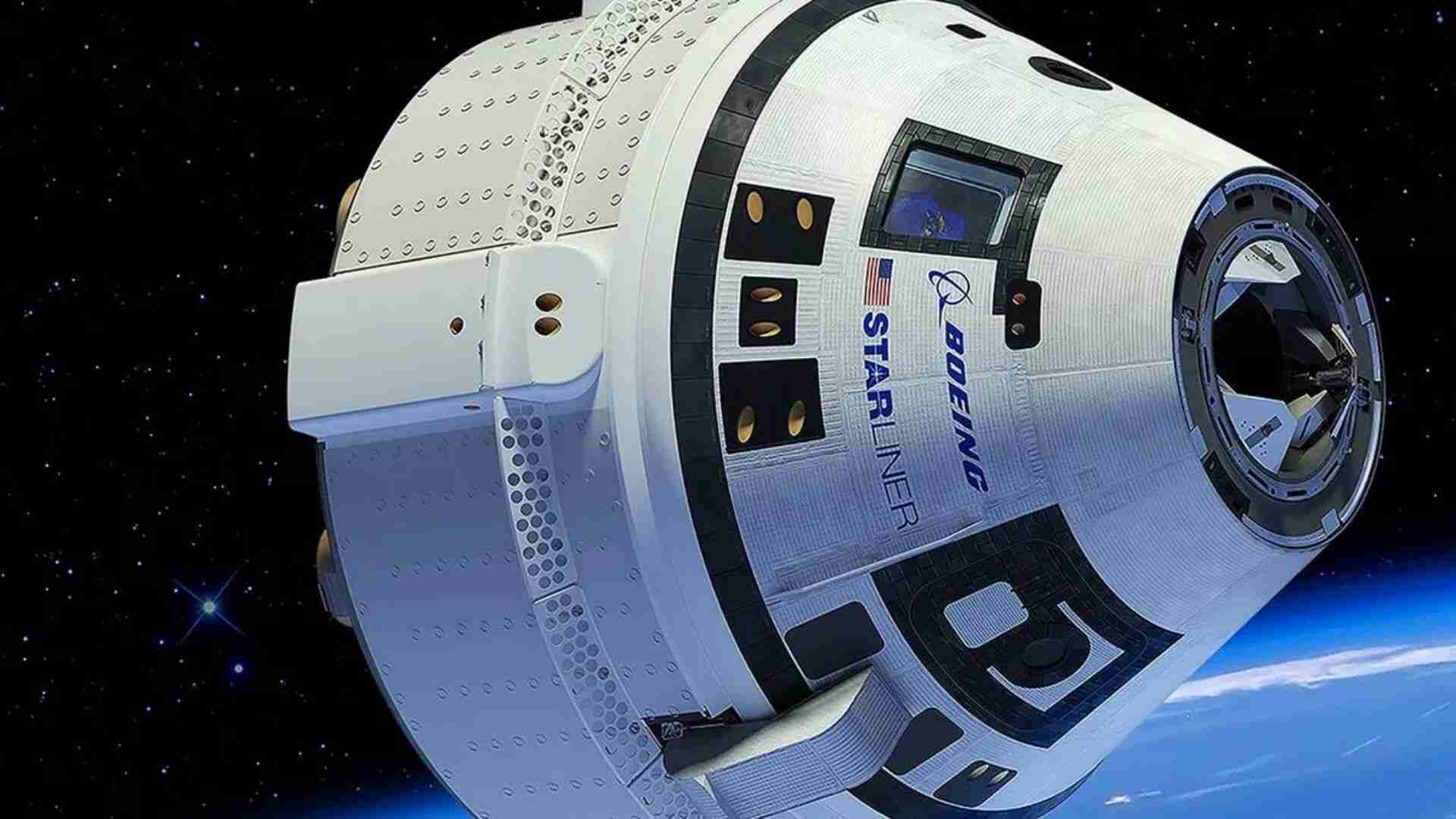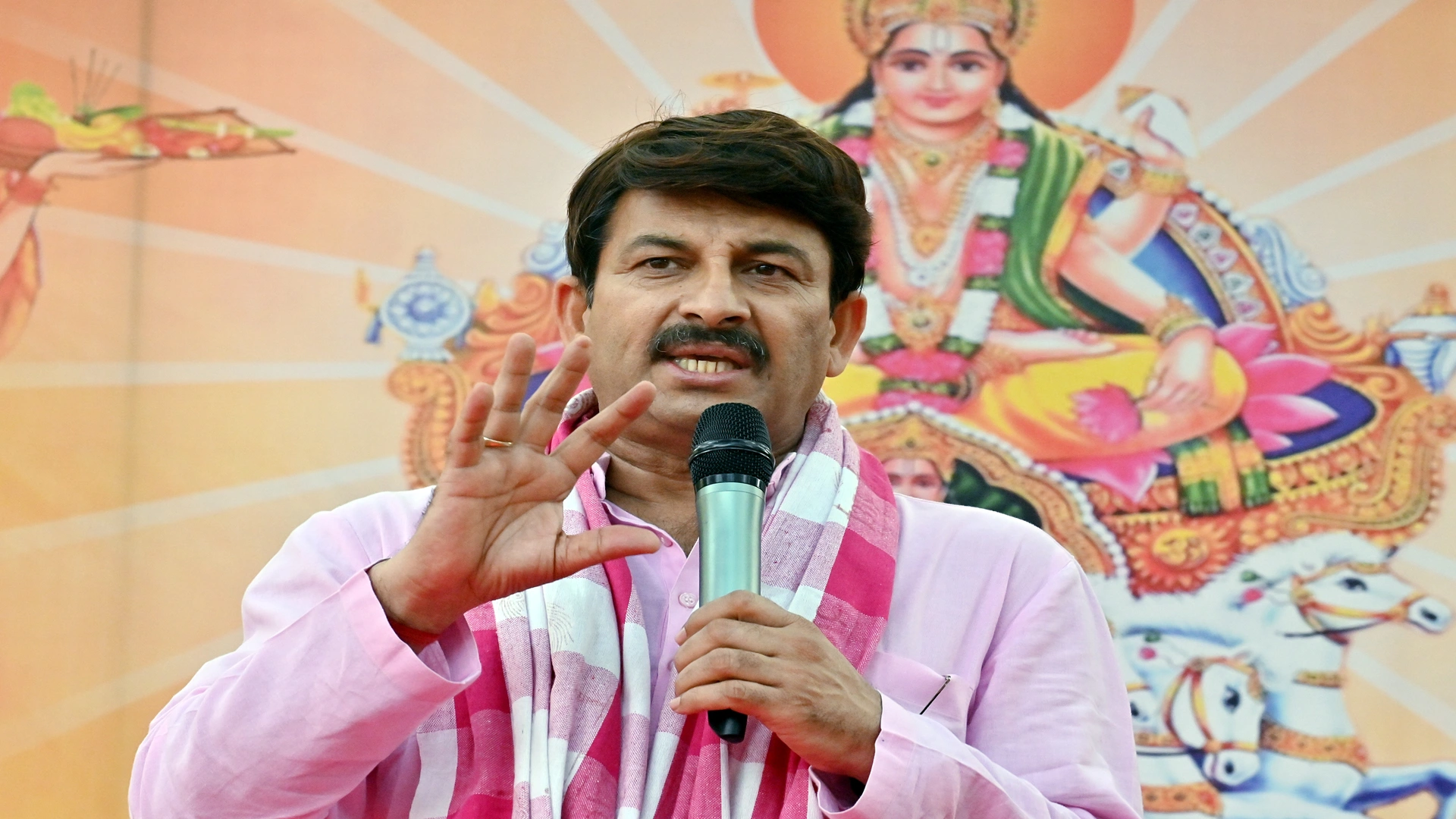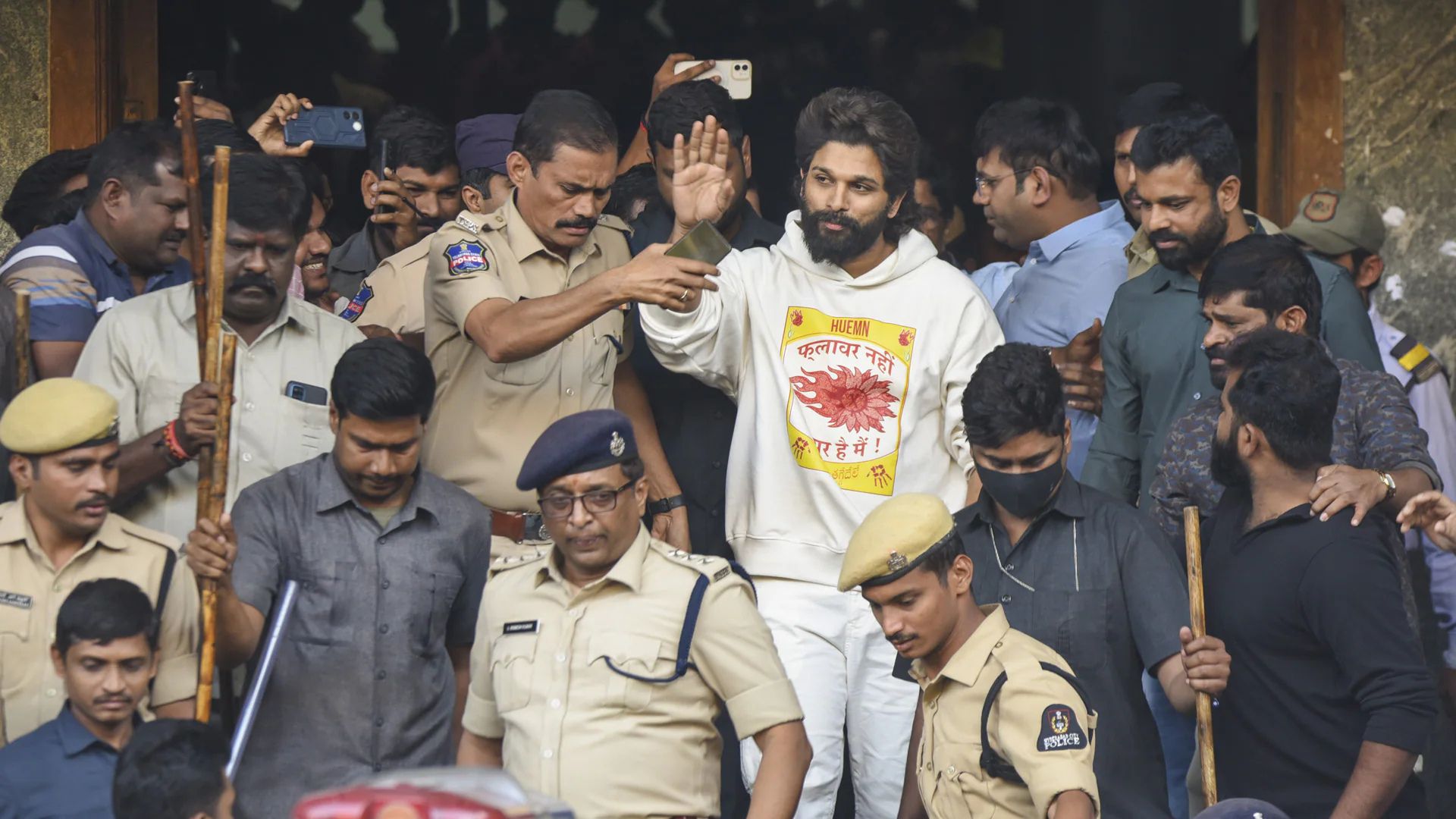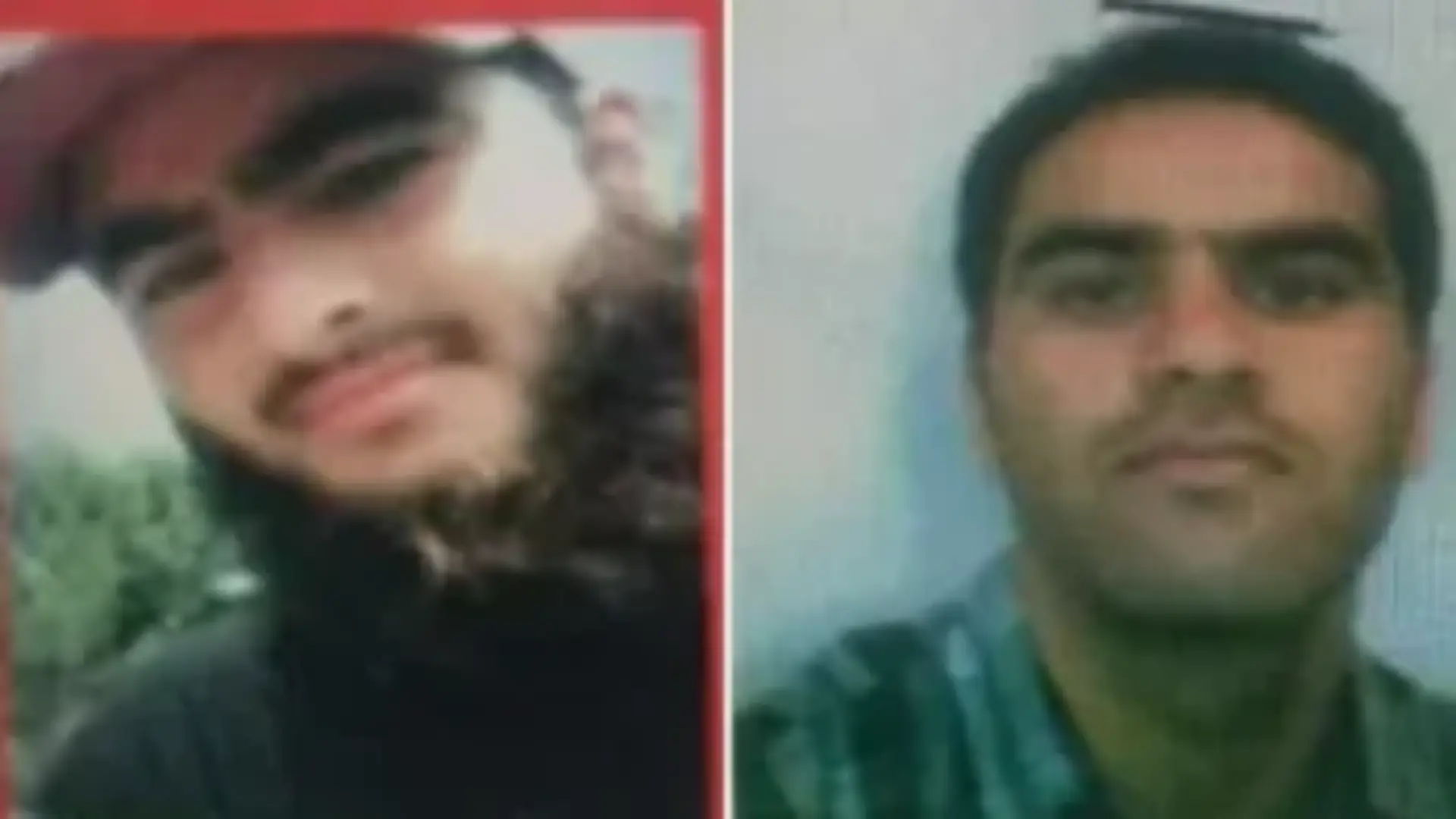Boeing’s Starliner spacecraft faces extended stay at the International Space Station, highlighting ongoing challenges for the capsule. As a result, astronauts from a recent mission to the space station will remain longer than initially planned, with their return now scheduled for June 22 and the possibility of further delay.
NASA stated that the postponement provides additional time for NASA and Boeing to strategize the astronauts’ return journey to Earth.
NASA astronauts Butch Wilmore and Suni Williams were launched aboard Starliner on June 5 and docked at the ISS the following day. Their journey involved addressing four helium leaks and encountering five failures among the spacecraft’s 28 manoeuvring thrusters during the 24-hour flight.
Boeing’s Starliner spacecraft is now aiming for a departure no earlier than June 22, with the possibility of further extensions at the International Space Station (ISS). While originally designed for future six-month missions, Starliner is limited to a maximum of 45 days docked during its current mission.
The return journey to Earth is anticipated to span approximately six hours, targeting a landing site in the deserts of Utah, New Mexico, or alternative backup locations contingent upon local weather conditions.
This mission marks a pivotal final test for Starliner, which has faced numerous delays and cost overruns. Successful completion is crucial for NASA to certify the spacecraft for routine astronaut missions, thereby bolstering the US fleet alongside SpaceX’s Crew Dragon.
During its stay at the ISS, the spacecraft has encountered additional issues. NASA reported a fifth helium leak affecting Starliner’s propulsion system thrusters, along with a separate problem involving a stuck oxidizer valve. These in-flight challenges add to Boeing’s longstanding difficulties with Starliner, dating back to a 2019 uncrewed test failure marked by numerous software glitches, design flaws, and management issues that prevented docking with the ISS. A subsequent uncrewed test in 2022 was successful.
If the return of two astronauts aboard Starliner proceeds according to plan, Boeing still faces further hurdles in making the spacecraft operational and available for commercial use beyond NASA missions.







